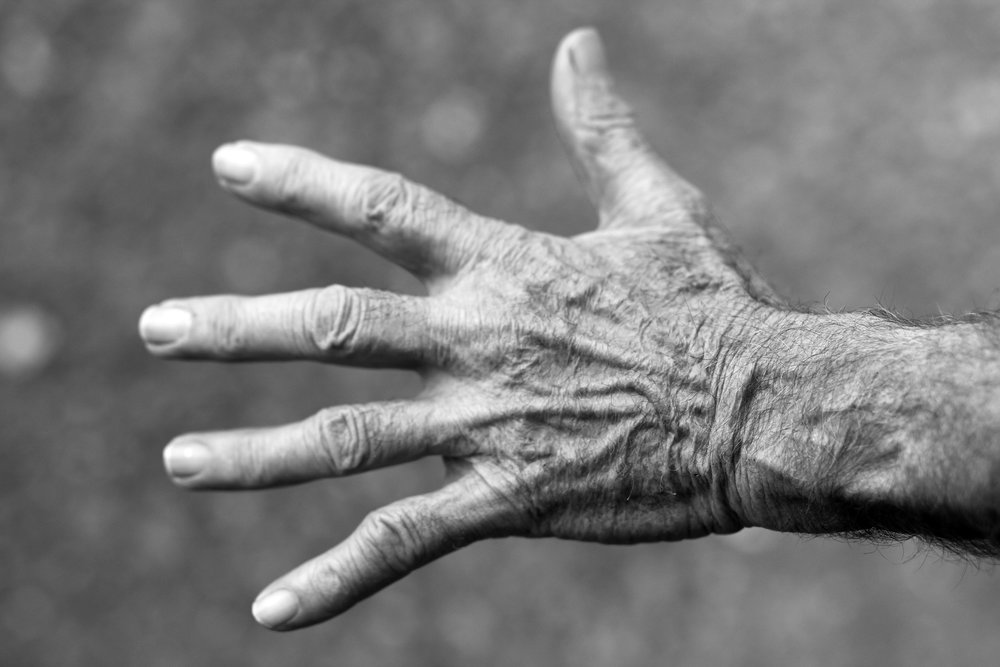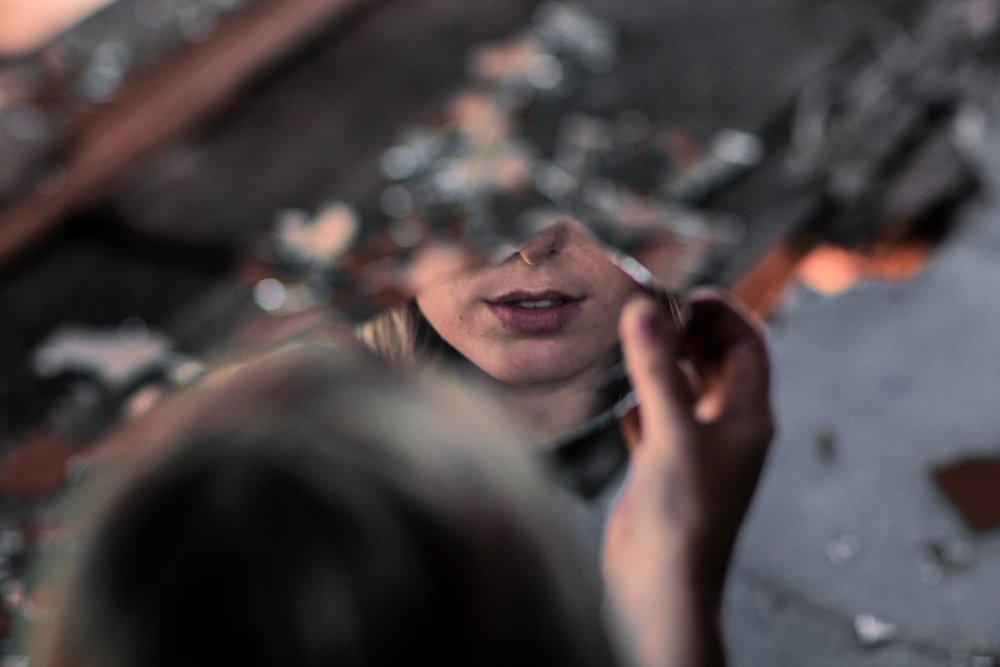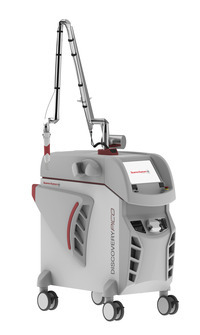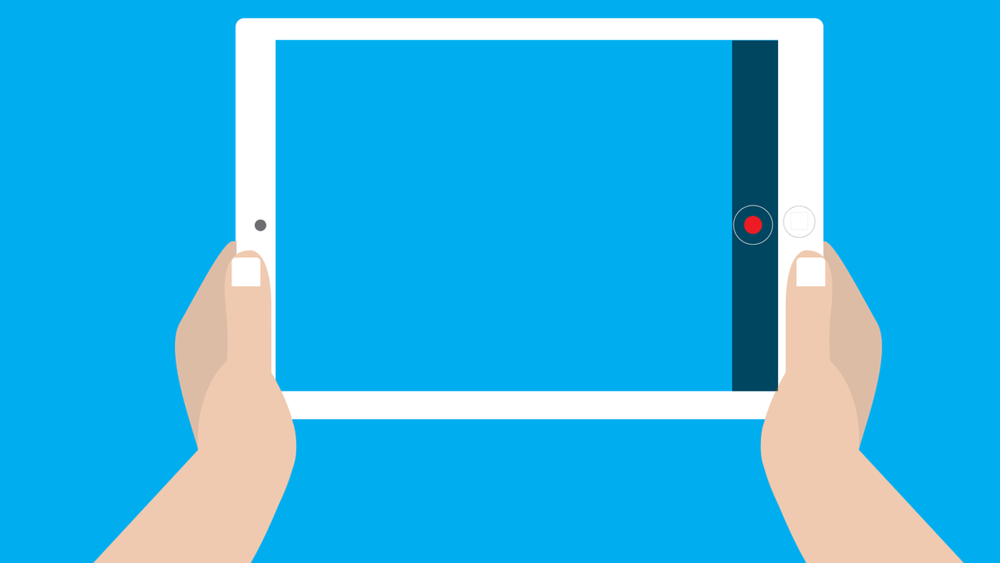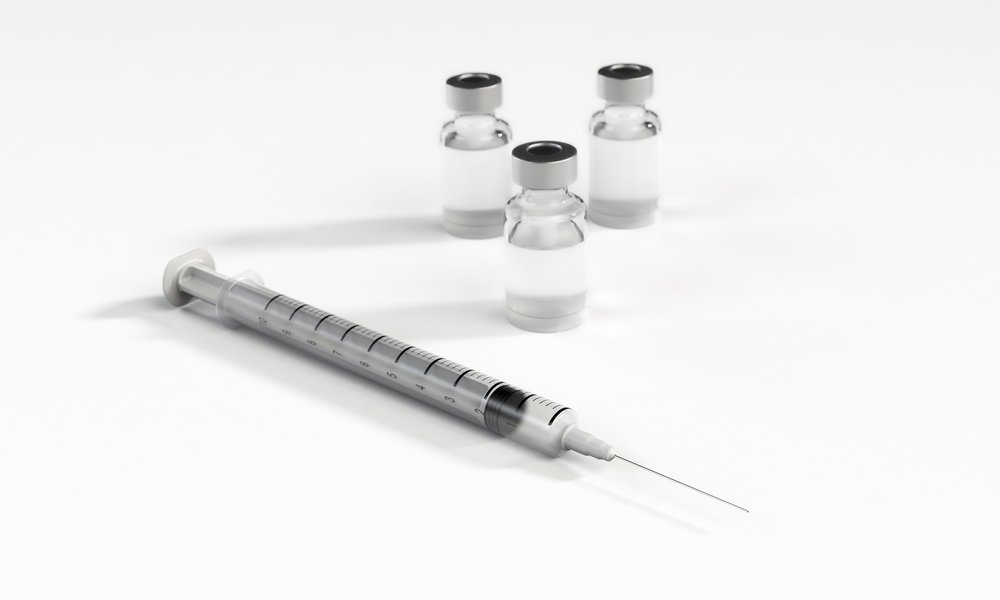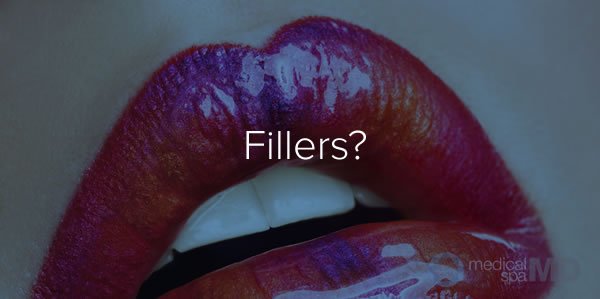Injection Techniques for the Hand and Neck
/In our previous post, we discussed filler injections for hand and neck rejuvenation. These procedures are on the rise, and many physicians are considering this procedure in their practice.
Injection Techniques for the Hands
There is a significant amount of literature for hand rejuvenation. Most have focused on injections and laser for the hands, as a non-surgical alternative. For this article, we shall go in detail on the injection techniques included in two studies.
LeFebvre-Vilardebo, Trevidic, and et al. (2015) go in depth with injection techniques, as different authors included in the study present their own injection methods on hands. The researchers also introduced their own injection technique: Scrape Skin Threading Technique (SSTT). Below is the table detailing more on the injection techniques.

Data from Lefebvre-Vilardebo (2015)
LeFebrve-Vilardebo and Trevidic (2015) suggest using a blunt-tip cannula when injecting. The researchers use four injection techniques to administer the CaHA.
The first method only injected without massaging, and it is most effective on a less fat hand. On the 2nd method, massaged aided in distributing the filler evenly. However, the third method showed the filler only stayed under the tendons. In using their own technique, the SSTT, it was the only technique that showed where the product was targeted.
For Dr. Moradi (2015), he used Radiesse with lidocaine HCl. In performing the procedure, he tented the skin and utilized a bolus injected in the dorsum of the hand. Specifically, Moradi injects “…proximally by the wrist-hand junction, distally the metacarpal-phalangeal joint” (p. 265s).
In addition, the doctor added smaller units for added improvement on the hands. Its intended result is to lessen the appearance of veins and tendons and improve volume.
Alternatively, in Dr. Busso’s work (2015), he used HA that would minimize the appearance of tendons. The patient should be in supine position. In order to see the veins better, Dr. Busso suggests placing the hand below the level of the heart. In addition, mark all injection sites. Then, finally, raise the hand slightly above the level of the heart.
The injection on the dorsal superficial lamina would yield easier injection administration. Injected fillers can easily spread and lessen any abnormal skin formation. Skin tenting is recommended to separate the veins from the injection area. There is a risk of nerve injury, so refrain from doing any intracompartmental injections “below the deep dorsal fascia” (p. 270S).
As for Drs. Sutton and Bucay (2015), their choice of filler is Radiesse. Like the previous cases above, cannula was used to administer the filler. The insertion of the cannula is between the 2nd and 3rd metacarpal.
The common observed side effects were edema and erythema in all cases.
Dr. Rivkin (2016) also conducted a study on hand rejuvenation and injection techniques. The author makes use of needles, instead of a cannula as mentioned in previous studies mentioned above. The technique the author adopted was injecting between the phalanges. Rivkin carefully fills in the spaces. The author expects that the appearance of vein and tendon reduce. After administering the procedure, it is recommend that the hand is massaged.
After the procedure, the author advises the patient to have hands elevated for the next couple of days and any tedious activity.
Injection Techniques for the Neck
The literature for injection techniques on the neck is limited; most studies have only studied on the use of lasers on the neck. There have been research on the neck using botulinum toxin, and there are doctors who use botox on their patients to perform a non-surgical neck lift.
Physicians should take note of the danger zones in the neck. The researchers introduced a new injection technique on the neck, which is the “Three-Dimensional Circumferential Injection Technique” (p. 1). They applied this approach on the Posterior and Lateral Subcutaneous Areas of the Neck and Anterior Subcutaneous Area of the Neck and Horizontal Neck Rings.
Below is the table that further details the study.

Data from: Calisti and Elattar (2017)
Hand and neck rejuvenation are two procedures that result in patient satisfaction. The procedures are not nascent, and it is expected to rise in the coming years.





